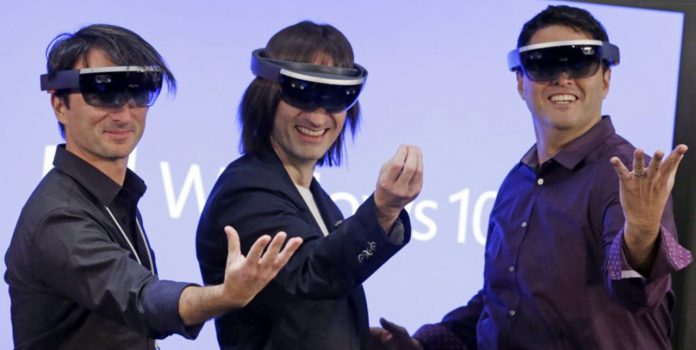According to Brad Sams at Thurrott, the company has several reasons for taking this decision. Chief among them is the time skipping versions affords Microsoft. Instead of bringing incremental updates to the headset and underlying technology, the company can now make more sweeping updates behind the scenes. While 2019 is two years away, Microsoft believes it has the market space to take such action. HoloLens is the only viable mixed reality headset, so competition is almost non-existent. This is one area where the company can work on R&D without pressure to launch. It is worth noting that by time version 3.0 drops in 2019, HoloLens will be four years old. Microsoft launched the headset back in 2015 and introduced the first developer editions last year. Since then the company has opened up the developer edition so anybody can buy it.
Microsoft’s HoloLens Plans
The device costs $3,000, and it is not the finished HoloLens. In other words, it is not the consumer version of the product, which Microsoft has talked about since launch. However, the company has never specifically said when a finished hardware would be released. In fact, HoloLens guru Alex Kipman said early last year that the company is unlikely to deliver a consumer version soon. He said the cost of HoloLens is prohibitive. The only way to engage customers is to make sure the experience is complete and much content is available. So far, the company and third parties have started the ball rolling. There are numerous applications and services for HoloLens. Microsoft’s own services, such as Office, now work in mixed reality. However, Kipman’s vision has proved accurate as the company will delay version 2.0. Microsoft is being typically non-committal about the rumor. In a statement to Thurrott, the company said, “Mixed reality is the future of computing, and Microsoft HoloLens is the future and present of mixed reality. Our commitment requires no roadmap.”




